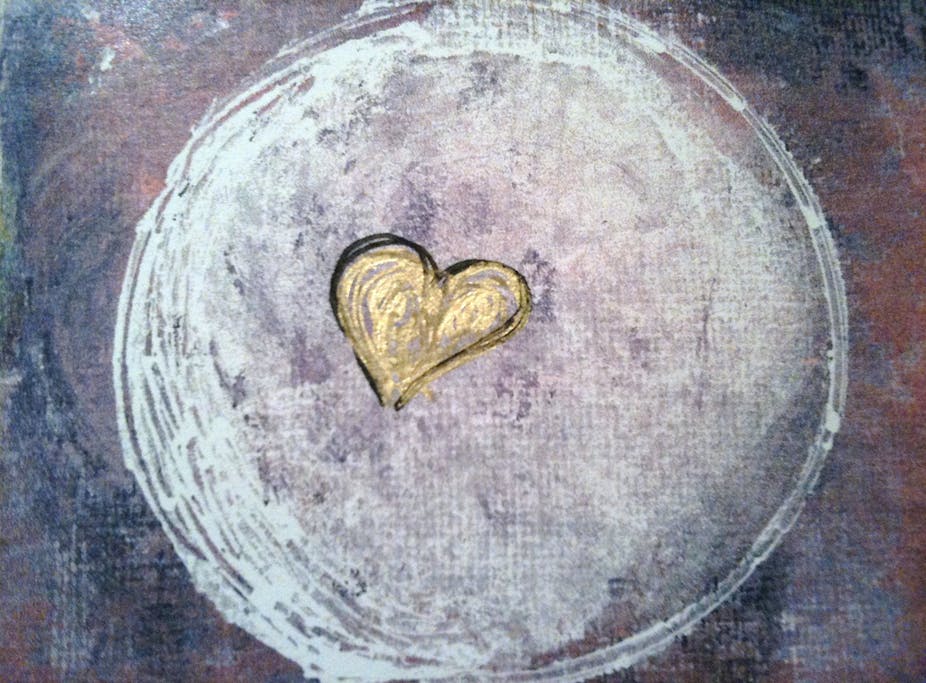Gold is one of our most valuable commodities but its use extends far beyond jewellery and gold bars. It’s a conductive material and is helping us to develop new medical innovations such as specialised patches that could be used to grow new heart tissue following a heart attack.
Heart attacks are caused by an abrupt blockage of one or more of the blood vessels that supply blood to the heart. This immediately reduces the supply of nutrients and oxygen to the heart muscle and if the blood flow is not restored quickly, causes irreversible death of the cells and eventually affects the performance of the heart muscle.
Unlike cells in the liver, heart cells can’t multiply. And although the heart contains few stem cells - “mother cells” that have the potential to become any type of cell in the body - their amount is not enough to repair the tissue damaged by a heart attack.
Because of this, the damaged tissue following a heart attack can become tough and fibrous and the efficiency of the heart to pump blood to the rest of the body is reduced. This eventually leads to end-stage heart failure, when treatment becomes difficult, and can lead to a patient’s death.
Currently the only therapeutic option available to treat patients with terminal end-stage heart failure is a heart transplant. However, the scarcity of cardiac donors has led to an urgent need to develop new experimental treatments.
One biomaterial that we’re working on to restore heart function is a special cardiac “patch” that utilises gold to help stimulate tissue growth.
These patches are three-dimensional biomaterials that work like temporary scaffolds to support cells and promote their reorganisation into functional tissue. After they are transplanted into the body, the patch integrates with the heart’s own tissue and improves its function.
Using gold to mimic ‘electrical wiring’
The heart can contract when electrical stimulation from one cell spreads to neighbouring cells. This allows the cells to beat and contract together, efficiently pumping blood to the rest of the body. For the patches to work we also need to mimic the native “electrical wiring” of the heart cells. This can trigger the cells to organise into functioning heart tissue that could be transplanted.
Most of the biomaterials that cardiac patches are made from are non-conductive. So the scaffold basically blocks electrical signals from travelling from one beating cell to neighbouring cells, making it extremely difficult to get them all to beat in unity.
In our work, we are using nano fibres covered with gold nano particles - the size of one billionth of a metre - to conduct the electrical signalling.
As the gold increases the connectivity of the engineered scaffold, cells grown on these scaffolds are also able to mature into functioning tissue, contracting with a greater force, rate and uniformity when compared to cells grown on other kinds of scaffolds.
This has all been done in a lab, but the next step is to test the potential of the engineered gold-incorporated scaffolds to restore heart function after a heart attack in an animal model. If successful, it will provide the first step to creating functioning, transplantable heart tissue that can eventually be used to treat human patients.

